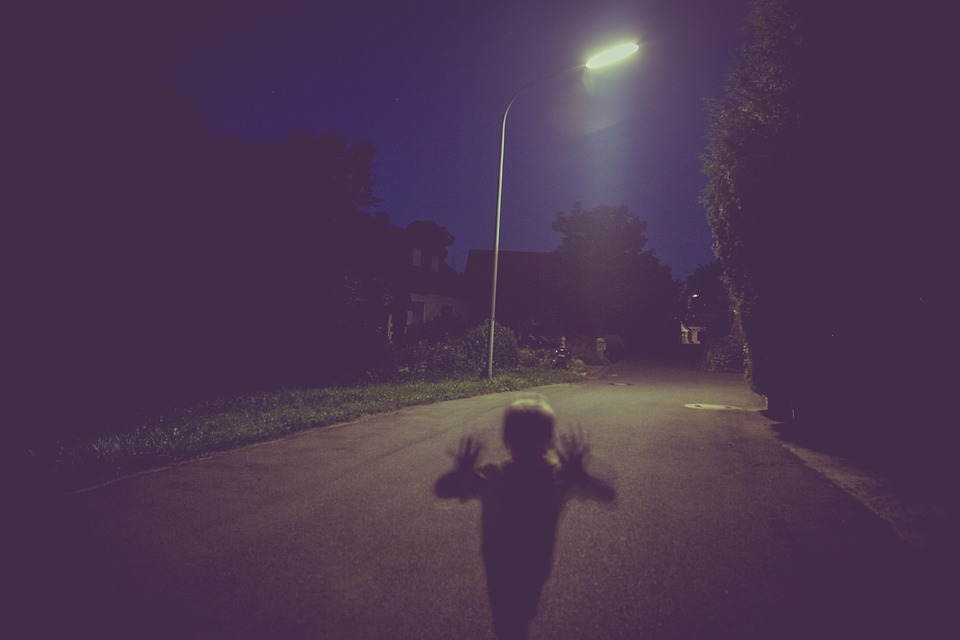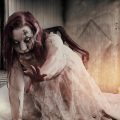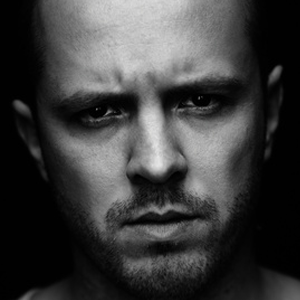Table of Contents
One of the hottest topics in today’s pop culture is the countless tales of the undead particularly zombies. Zombies are constantly the topic of numerous films, TV shows, video games, books and of course, social media – they’re practically everywhere and its popularity is growing more than ever because they simply make compelling characters, create interesting plot twists, and perhaps provide viewers an entertaining escape to everyday living.
Most people believe that these zombies aren’t real, they’re nothing but fiction, and such characters are perhaps just born out of somebody’s imagination which was eventually passed on from one generation to another – maybe that’s true but what if I told you that’s not always the case? During the Medieval Period (A.D. 500 to 1500) in Northern and Western Europe, most people believe that zombies are real – and also dangerous. Back then people don’t fear death as much as they fear the dead.
History
Dating back to around the 12th and 13th century, Icelanders began writing the sagas. Sagas are stories that had been passed out through word – of – mouth from one generation to the next. Medieval Icelanders related the stories of their ancestors and many of them mentioned an undead creature known as “Draugr”. Draugr as they are known outside of Scandinavia were not classified as ghosts or spirits in the way that we know today but they were described as real corpses of the dead, and they were said to rise from their graves to do wicked things and scare the crap out of the living.
According to the sagas, these undead creatures climb up the roof of houses, eat livestock and pretty much create an atmosphere of horror and fear. The undead were described to have super human strength that enables to crush a human bone using their bare hands, and in some cases they also caused so much trouble and wreaked havoc in the community to the point that people have to abandon their farms and towns until the Draugr was properly dealt with which is done through decapitation or completely burning the entire body through a cremation – kind of like how we would kill a zombie as portrayed in the flicks we see today.
Not all Draugr roam freely, many undead were content to be buried in their mount and only become active if somebody tried to disturb them. The thing that separated the active dead to those who would rather stay put or maybe go to the afterlife is simple, and literature also agrees; their manner in life determine their manner in death which means if they are angry or violent people during their lifetime they’re going to be the same violent person when they rise from the dead.
Stories from the Sagas
One of the most famous undead that’s mentioned in the sagas was named Glam. He was a shepherd and works for a farmer named Thorhol who had a farm in northern Iceland but it was rumored to be haunted already before Glam took over the job.
Glam was described as a tough and apathetic guy; he was short on manners and doesn’t respect religion. One day after a long day of doing his job he didn’t return home. People eventually found him dead in the nearby valley and everyone assumed that he was killed by the same malevolent force that haunted the farm. According to the sagas, Glam’s corpse was black and when they tried to carry him, he’s just too heavy. Soon enough however, Glam rose from the dead and came back as a Draugr. It was believed that he started slaughtering and eating horses and cows, breaking down doors, running in the fields at night and tackling anyone or anything that come near him. People eventually started abandoning the area.
Sagas
If you read the accounts written in the sagas, you would probably be curious as to why people who heard the stories didn’t think that it could be just fiction. Why did people back then actually believed it to be true? That’s because there are high levels of consistency in all the different accounts. This means that people who witnessed such creature even those who are outside of Iceland have described the Draugr with pretty much the same characteristics:
- They’re dead
- They’re violent
- Change in size
- They are very strong
- Can’t communicate
- They have flesh on their bones and didn’t completely deteriorated
Archeological Evidences
Archeological evidences also supports the theory of the undead which is why back then people made some precautions to ensure that the dead will not be able to get out of their grave and start wondering around. People began to place heavy rocks over the top of the dead bodies, binding the body to heavy chains, mutilating it and staking it down so that it won’t get up. There’s also an inscription from a stone in Sweden that says “Beware the Dead Destroyer.”
They were also quite a number of accounts outside Iceland including in places like Scandinavia and also Great Britain. A British cleric during the 12th century claims that the undead are real. He writes:
“These corpses of the dead moved by some kind of spirit, leave their graves and wander around as the cause terror and danger to the living before going back to their tombs that open up to receive them, is not something which would be easily believed but if not for the facts it wouldn’t be clear of exactly what happened to the abundant accounts of such events. “
Whether they were real or not, one thing’s for sure; the people from the Middle Ages believe they were. As a matter of fact, many scholars agree that these people represented beliefs that pre – dated their conversion to Christianity. So the next time you watch The Walking Dead or play a really graphic zombie game, just keep in mind that at some point in history, they were more than just entertainment.






 I write bitchin’ kick-ass books about serious sh*t. My books are written for everyone in an easy to read and understandable style.
I write bitchin’ kick-ass books about serious sh*t. My books are written for everyone in an easy to read and understandable style.